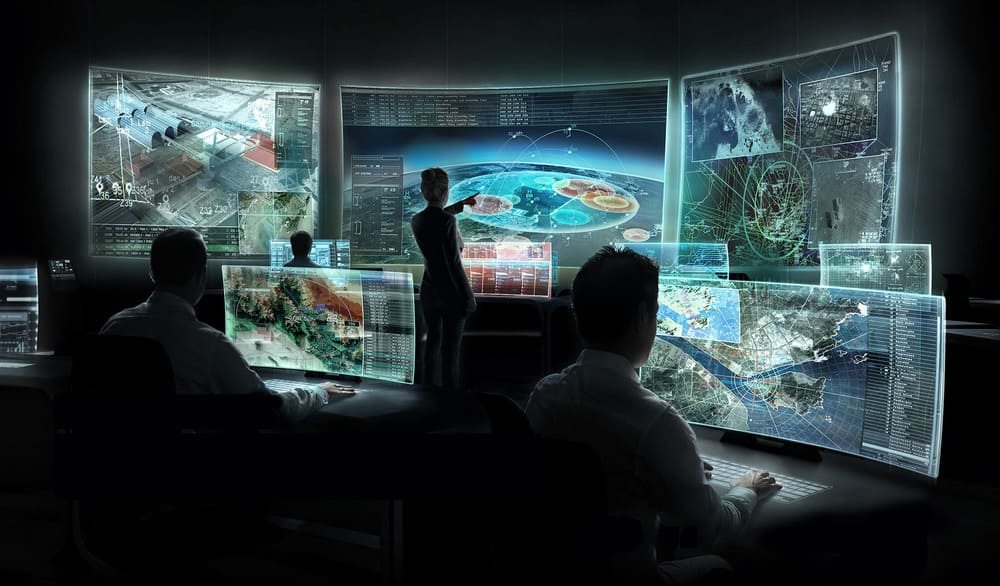Space achievements have long been a catalyst for technological advancement on Earth, driving innovation across multiple sectors. From the inception of the space race in the mid-20th century to the contemporary era of commercial spaceflight and interplanetary exploration, the pursuit of space has continually pushed the boundaries of human ingenuity and engineering prowess. Here are several ways in which space achievements have significantly advanced technology on Earth:
1. Material science and engineering
The unique challenges of space travel have necessitated the development of new materials and engineering techniques that have subsequently found applications on Earth. For example:
- Lightweight and high-strength materials: the need for materials that can withstand the harsh conditions of space while being lightweight has led to innovations such as carbon fiber composites and advanced alloys. These materials are now widely used in industries such as aerospace, automotive, and sports equipment.
- Thermal protection: technologies developed for heat shields on spacecraft have been adapted for use in fire-resistant materials, enhancing safety in buildings and protective gear for firefighters.
2. Telecommunications and satellite technology
Satellites, a direct product of space exploration, have revolutionized global communications and data exchange. Key developments include:
- Global Positioning System (GPS): initially developed by the U.S. Department of Defense for military navigation, GPS technology is now integral to civilian life, enabling navigation systems, mapping services, and timing synchronization in various applications.
- Communications satellites: these satellites have enabled global broadcasting, real-time communication across continents, and the development of satellite internet services, bridging the digital divide in remote areas.
3. Computing and electronics
Space missions have driven the miniaturization and robustness of electronic components, leading to advancements that have permeated consumer electronics and computing:
- Microelectronics: the demand for small, reliable, and energy-efficient components in spacecraft has spurred innovations in microchip design, benefiting everything from smartphones to medical devices.
- Radiation-hardened electronics: technologies developed to protect spacecraft electronics from cosmic radiation have improved the durability and reliability of electronics used in harsh environments on Earth.
4. Medical and health technologies
Space achievements have contributed significantly to medical science and healthcare technologies:
- Medical imaging: techniques developed for enhancing images of distant celestial bodies have been adapted for use in medical imaging, improving diagnostics through technologies such as MRI and CT scans.
- Telemedicine: the necessity of providing medical care to astronauts in space has advanced telemedicine, enabling remote diagnosis and treatment, which is now used to provide healthcare services in underserved areas.
5. Environmental monitoring and climate science
Satellites have become indispensable tools for monitoring Earth’s environment and understanding climate change:
- Earth observation satellites: these satellites collect data on weather patterns, deforestation, ocean temperatures, and more, aiding in disaster response, agricultural planning, and environmental conservation.
- Climate research: space-based instruments have provided critical data on greenhouse gas concentrations, polar ice melting, and sea-level rise, informing climate models and policy decisions.
6. Robotics and automation
The development of robots for space exploration has led to advances in robotics and automation on Earth:
- Robotic surgery: precision robotic systems designed for space missions have been adapted for use in minimally invasive surgical procedures, enhancing accuracy and patient outcomes.
- Automation and AI: autonomous systems and artificial intelligence developed for navigating and operating in space environments are now employed in manufacturing, logistics, and service industries, increasing efficiency and productivity.
7. Inspiration and education
Beyond tangible technological advancements, space achievements have inspired generations of scientists, engineers, and the general public:
- STEM education: space exploration has spurred interest in science, technology, engineering, and mathematics (STEM), encouraging educational initiatives and careers in these fields.
- Cultural impact: the iconic images and milestones of space exploration have captured the public imagination, fostering a sense of global unity and a perspective on Earth as a singular, fragile home.
The pursuit of space exploration continues to be a powerful driver of technological progress. The innovations spurred by the challenges of space missions have permeated many aspects of daily life on Earth, improving our capabilities, enhancing our quality of life, and expanding our understanding of both our planet and the universe. As humanity pushes further into space with missions to the Moon, Mars, and beyond, the ripple effects on technology and society will undoubtedly continue to grow.


